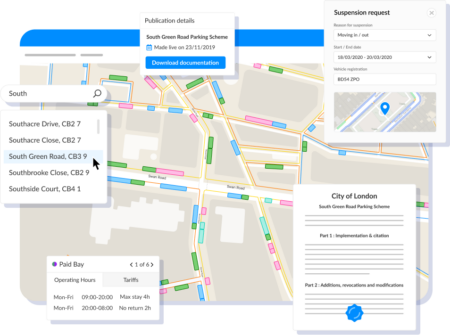How much longer will we have to wait for a world where direct enforcement with high-speed weigh-in-motion is an everyday reality? Tom Stone speaks to the experts who are getting closer to this goal and discovers other ways in which WIM is being augmented
The holy grail for weigh-in-motion of direct enforcement at high speeds remains tantalizingly just out of reach for most jurisdictions in the world. Nevertheless, those working in the sector are determinedly pressing ahead with the concept and are also optimistic that sooner or later this type of enforcement will become as commonplace as speed cameras.

“It’s a matter of getting the communication flowing – drawing up regulations that make sense and taking into account what the technology does and doesn’t do,” says Leonardo Guerson, WIM product manager and application engineer at Intercomp. “And I think it’s only a matter of time, the desire is so large – people want it so badly – that it’s inevitable that we’re going to get there.”
A new era for WIM
Part of the reason for Guerson’s optimism is due to last year’s type-approval for Intercomp’s Strain Gauge Strip Sensors for high-speed weigh-in-motion (HS-WIM) in Brazil. The technology was approved for direct enforcement as part of a solution from Fiscal Tech, making the sensors the first of their kind in the South American country.
The HS-WIM system was certified by Brazil’s National Metrology Institute (INMETRO) for Class 2B, which means ±3.5% for gross vehicle weight and ±8% for axle/axle group weight measurements. However, although the technology itself is now certified as accurate enough to deliver direct enforcement, challenges remain in developing the regulatory framework.
A dynamic problem
The crux of the problem is that no matter how accurate the sensor, if a vehicle is braking or accelerating hard, or if there is a strong wind or the trajectory of the vehicle changes as it is weighed, it quickly becomes impossible to obtain an accurate reading. “Weather can also impact accuracy negatively through temperature variations and via snow and ice on sensors and surrounding pavement surfaces,” says Rish Malhotra, CEO of WIM systems integrator and electronics developer IRD. “Many factors can reduce consistency to the point that WIM sensors that meet direct enforcement criteria in ideal test environments fall short of the necessary confidence level in practice
“Integrating other types of sensors, like machine vision and AI, helps detect dynamic effects on weight accuracy. We see the highest confidence resulting from a multi-modal, sensor-fusion approach.”
±3.5 The percentage error margin in measuring gross vehicle weight, certified for Intercomp HS-WIM sensors by Brazil’s INMETRO
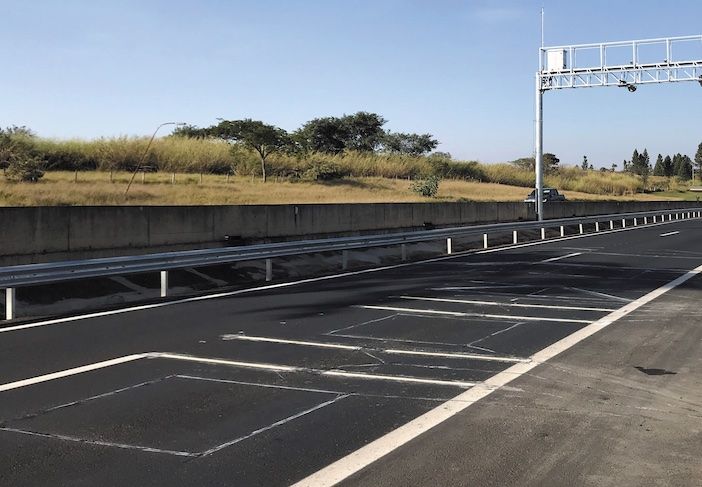
But while the first challenge is clearly in detecting and measuring all the factors that might affect the accuracy of a reading, perhaps an even greater challenge is in setting the statutory limits for these factors, beyond which a reading should be disregarded.
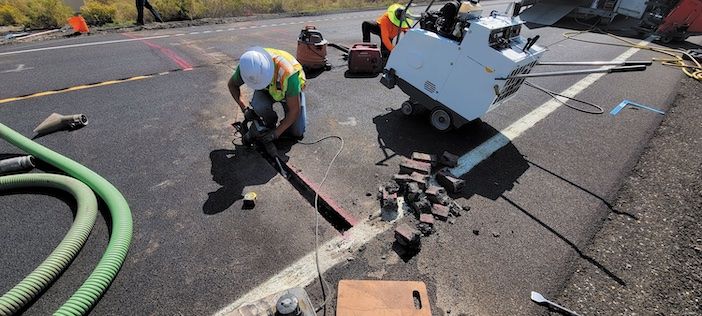
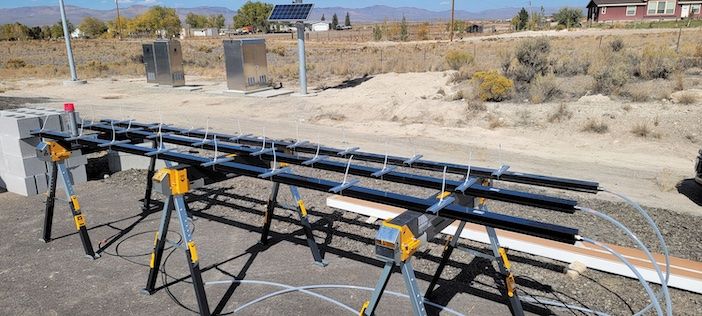
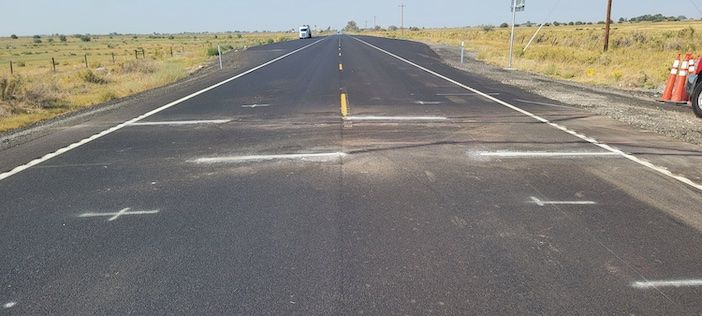
“How do we translate this conversation into a regulation that works – a regulation that will guarantee that no compliant vehicle receives an overloading ticket?” asks Guerson. “This is the challenge for direct enforcement and that’s the concern that everyone has when they’re writing these regulations – to guarantee that no one’s going to get a ticket in error, when they’re actually compliant.”

The nightmare for road authorities is hauliers contesting HS-WIM readings with their own, verified static-weight readings done at their depot or destination.
The road to success
Dr Gustavo Garcia Otto is a researcher working on national transportation projects at LabTrans, part of Brazil’s Federal University of Santa Catarina. He has participated in several HS-WIM projects for the Brazil Federal Road Administration since 2007. He reveals more about the processes now underway, following the approval of the technology, to bring HS-WIM direct enforcement to his nation. “The Ministry of Infrastructure has assembled a working group to discuss the necessary changes in legislation to allow HS-WIM for direct enforcement,” he says. “It’s still under discussion, how HS-WIM automatic operation can be integrated into the enforcement procedures such as unloading and weight distribution. How drivers are informed and how to control these procedures using only HS-WIM.”
In practice, a working direct enforcement system might expect to disregard around 40% of measurements. At first this might sound like a poor hit rate. However, when you compare it to the huge inefficiencies of the alternative – preselecting with WIM and then manually weighing each vehicle at a static weigh station at the roadside – the benefits become clear.
“A fixed weigh station only operates at certain times,” says Guerson. “So even discarding 40% of the measurements you’re still going to have at least five times as many fines issued.”

What makes direct enforcement with HS-WIM so desired by government agencies is the ability to operate automatically, 24/7. Collecting data from every vehicle is a powerful proposition. Plus, as they cost much less to run than manual weigh stations, it is viable to have more sites, which provides real knowledge about every vehicle on a road.
Guerson is also optimistic that once the number of HS-WIM sites on a road network reaches a critical mass, the possibility of contesting readings will drop away. “Statistically speaking, there’s a very low chance of having multiple measurements being made and them all being incorrect,” he says.
The bottom line is that there is unlikely ever to be a miracle sensor that will be able to measure accurately enough in all conditions. The challenge is instead in detecting when the conditions are correct and legislating for instances when they are not. “Everything beyond that is processing that information,” says Guerson. “That’s why direct enforcement with HS-WIM is not really a technology issue, it’s a data management and regulatory issue.”



